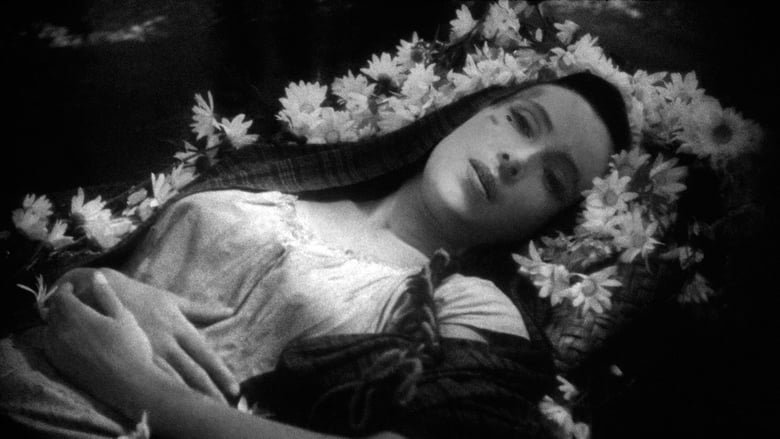A young journalist asks an old artist about the portrait of a naked Indian woman that he has in his study. The artist tells the story of Maria Candelaria, a young Indian woman who was rejected by her own people for being the daughter of a prostitute. She is protected by a young Indian man, Lorenzo Rafael, who has fallen in love with her.


Similar titles

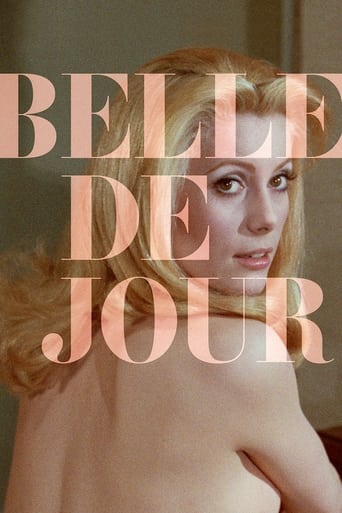
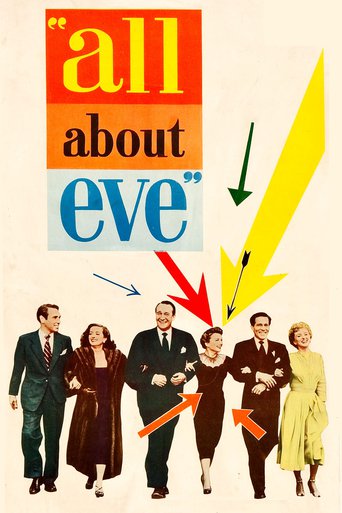

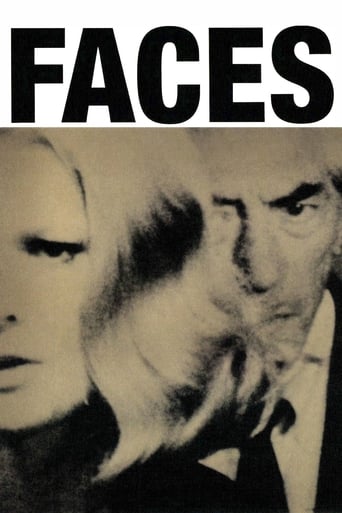


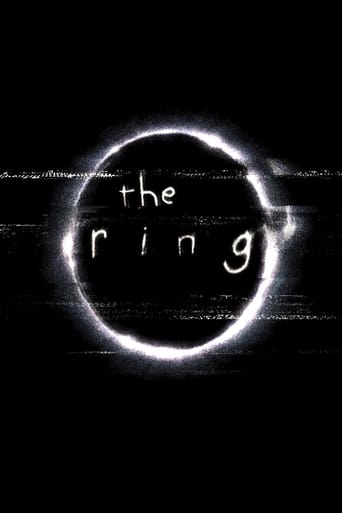
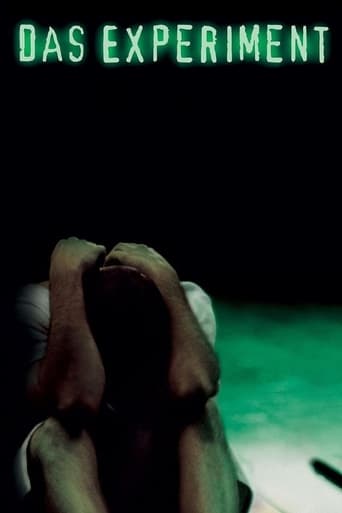

Reviews
Movies are like books. They live their lives, with dreams and expectations, waiting for that moment giving them their full sense. And I think this is true for any work of art, literature or music, visual or performing art. Sometimes such a life is flowing along your own life, even if you are not aware. It sends you signals now and then, waiting patiently for the moment when you make the connection: the moment for which it has lived its whole life. Aisareru isshun ga watashi no subete ni naru - the moment you feel you are loved is a kernel squeezing your entire life.I was a child when I heard first time about Maria Candelaria. I knew vaguely that it was a movie with a beautiful woman and a dramatic story of love, as Mexican movies always were. I cannot remember, maybe I have read a few lines about it in some cinema magazine, or maybe I saw once the movie poster, anyway I didn't have the chance to watch it. The name remained in my memory, sometimes coming at the surface and raising my curiosity: Maria Candelaria! Years were passing, nobody mentioned this movie anymore, as new films were coming and old movies were forgotten, I was no more a child, then I realized that I was getting old, the name was coming to me very rarely, like in a brief dream: Maria Candelaria! I didn't know who had starred in the movie. I thought that Pedro Armendáriz should have been the male lead, like in so many other Mexican movies of that epoch. What about the woman? Was she Maria Félix? It took many decades till I started to look for information. No, it was not Maria Félix. The heroine of the movie was another great Mexican actress, Dolores del Rio.And then I found the movie on youTube. Was it, for Maria Candelaria, that moment? Aisareru isshun ga watashi no subete ni naru? A movie so far in time and space, isn't it too outdated? Or simply irrelevant? Xochimilco, the place where the story unfolds, is now an international tourist attraction, with its trajineras flowing over the myriad of canals, along the chinampas. What was in 1909 a harsh environment inhabited by primitive fold is now space of rich folklore. Still, there are people living there like in 1909, overwhelmed by poverty and by the lack of any comfort. Living on those chinampas, surrounded by canals, lacking the running water and the drainage. Maybe they are no more hating the women whose mothers happened to have been prostitutes, but, look: all over the world, people still hate those who happen to be different. Difference of skin color, origin, religion, sexual orientation, and so many others.Coming back to this movie made in 1943 and telling a story from 1909, I think the plot is consistent, the action is well led toward its outcome, but there is another merit that I believe is more important: the film director (Emilio Fernández) knew how to look beyond the harshness and injustices of that life, beyond the casual villainy of those primitive people: he knew how to discover the profound poetry of that universe, with nature and humans sharing the same identity, molded by legends and traditions, by the good and the bad.
Melodrama is not always the lecherous whore of cinema.The face and beauty of Dolores del Rio did not, does not, and will not represent Mexico. But before attempting to explain this, I must ask a simple question: What does it mean to be a Mexican? or What is a Mexican? The self-image of the Mexican culture is an intertwined root of a shattered mirror, which stares at its very image, continuously, forever falling into a void of incompressibility, desperation, violence and a self-defying and self-destructive duality. The cultural collective unconsciousness of Mexico is a field of chaos, corruption, pain, and broken images that fail to recollect themselves because they belong to two histories: The ancient, mystical and long forgotten history of indigenous cultures who worshiped the Sun and the invisible forces of nature and, their clash and ultimate convergence with the European history and the Christian force of conquest. Quoting the opening line "Since 1516 minds attacked and overseen, now crawl amidst the ruins of this empty dream" from Rage Against the Machine's song People of the Sun, , I must say that for over five centuries the poor wretched and raped people of this so-called Mexico have struggled to see their original face before their conquest occurred.The cultural duality of the Mexican mentality serves as the razor suicide malevolence that destroys and redefines its very own structure. Why was Dolores del Rio the face of Mexico then? Because she represented the powerful and conquering side of this mentality. Her European heritage and conventional beauty made her a Goddess of Mexican Cinema. However, I find quite interesting, in an ironic way, that in the film "Maria Candelaria" she represents the repressed, passive, and conquered spectrum of Mexico itself. However, this duality could be further understood, symbolically, if we separate the gorgeous piece of art that the film is: its cinematography, powerful directing, enigmatic and dialectically truthful language, and international recognition (Maria Candelaria is the only Mexican film to have ever won important prizes at the festival of Cannes); while on the other hand we see the brutal reality it depicts, and the confusion of social identity. As quoted by Mexican cinematographer Gabriel Figueroa: "An outdoor scene was carefully prepared with the snow-capped volcano Popocatepetl in the background, a cactus at the right-angle of the composition, circle of clouds crowning the peak and the open furrows of the valley in the foreground. Looking at the composition Buñuel said: "Fine, now let's turn the camera so that we can get those four goats and two crags on that barren hill". It necessary to create a balance between beauty and disgust, between the conventional and the radical, in order to balance the creation of an internationally acceptable film, while keeping the criticism or attacks of the filmmaker within the film.Although the film is extremely melodramatic, I hold this film very dearly to my heart because of the childhood memories it evokes upon me every time I watch it and because of its representation of a class struggle that haunts Mexico even to this day. Indigenous groups constitute the lower class in Mexico, and their degradation, humiliation and exploitation constitute the stupidity and psychological angst of the Mexican people. In truth these small populations are the native, the original of the country. For this very reason, I enjoyed the film very much: Maria Candelaria represented the isolation of these indigenous lower classes, and their isolation was the reason for the destructive nature, for example, Maria Candelaria being unaccepted by her community and stoned to death at the conclusion of the film. The painful truth is that the morality of those who killed her is the mentality of their once enemy and oppressor: Christianity. On the other hand, Maria's introduction as a main character into the film was extremely odd and important because she is, at the opening point, set in a hierarchy of classicism: a Mexican man of strong European decent introduces her as a memory.Although the film is a melodrama I like the film very much because it depicts a cruel reality, rather than using that cruel reality to simply emphasize the relationship of the two main characters: their love, their suffering, and their struggle constitute the melodramatic essence, but they are consequences of a greater cultural truth. Thus, the film is not only "entertaining" and conventional; it is also a critical social and cultural study of Mexico.
For the younger generations to see movies like this one, may seem that they are not real. They may imagine that the story being told was created by some sick mind. How can it be possible that human beings were so miserable? This story happens in what's now a suburb of Mexico City, but which at that time(early 1940's)was a little village by itself. The destiny of the poor people, specially if they were indians, was to live a life of misery. The few rich owners of the majority of the land and the resources in the area dictated what had to be done. If you were an Indian the situation was even worse. They decided, for their own benefit, the rules that had to be obeyed. If, like in this movie, one of those indians was a beautiful woman that was even worse for her, because she could be taken by the ruling class as a simple sex toy. If she would not accept this, she and anyone close to her would suffer all type of hardships. It is a beautifully told story that could have been a true one.
Mexico is a rich nation, but with a large "army" of poor and miserable people. The poverty is more evident in areas around Mexico City, and south of the country including Chiapas state. This film of Emilio "Indio" Fernández wanted to point out the situation of Indian population living close to Mexico City, Xochimilco. It is clear that during the first half of XX century the population in that area lacked of appropriate houses, sanitation, insufficient food, malaria was still a problem, illiteracy was high, corruption and lack of social justice governed the environment. The Indians had only church as a remedy, but this institution was also poor and unable to do too much for them, only advising the humans to pray. María Candelaria (Dolores del Río) was an unfortunate lady whose mother had problems in the past, she was having friendship with Lorenzo Rafael (Pedro Armendáriz), a tough but kind Indian living close to her. They only wanted to get married, but several difficulties hindered this objective. It is difficult to understand how a person considered as a Christian, is able to deny the medicine to others when they are close to die, and this scene is shown in the film. When population lives in a kind of world of ignorance, prejudices sprout as potatoes, and this is what happened to poor María Candelaria. This film is in black and white, technically distant from the films we see nowadays, but it is worth to see it in order to understand a bit of the miseries of people living south of Río Grande.

